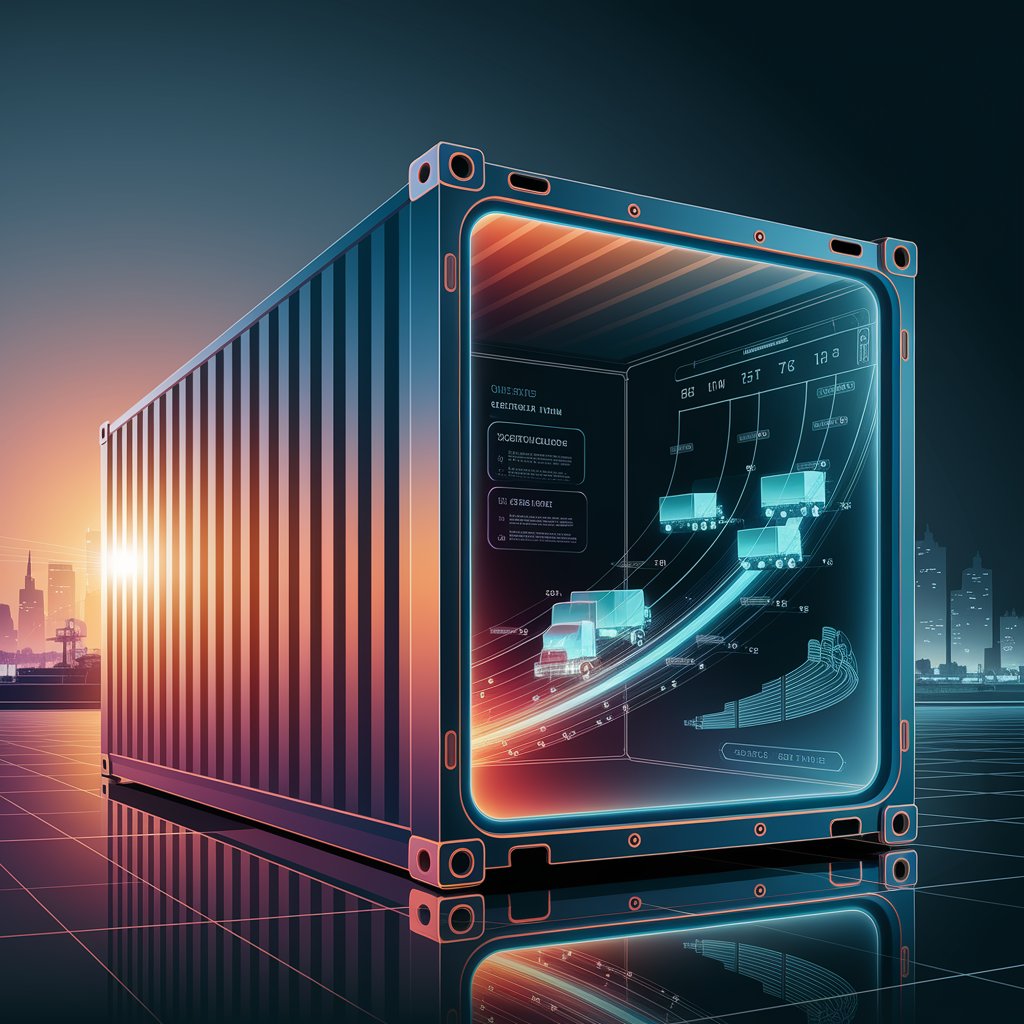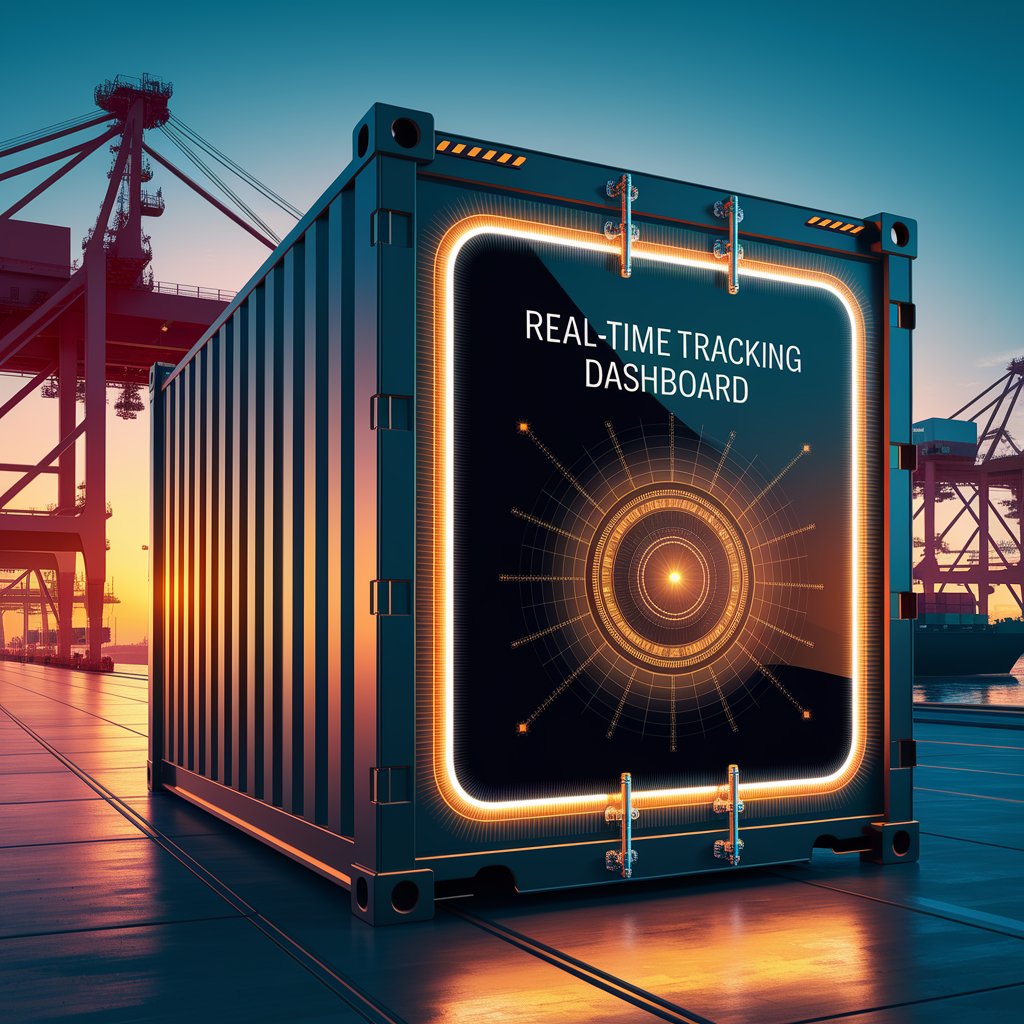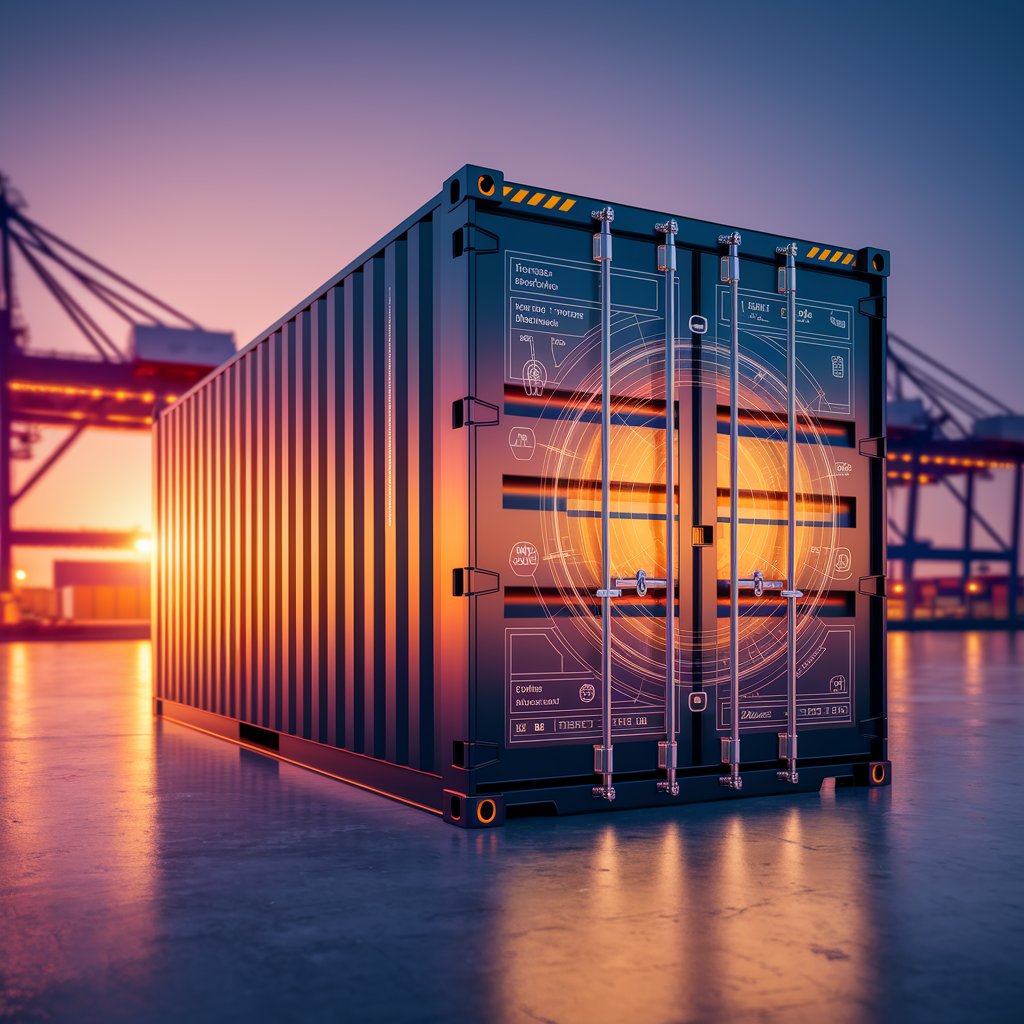IoT Cargo Sensors: Transforming Supply Chains with Real-Time Visibility

Introduction
This is where are changing the game. By connecting shipments through smart devices, logistics companies can track movement, monitor environmental conditions, and ensure security with unprecedented accuracy. These sensors are becoming a cornerstone of digital supply chains.
What Are IoT Cargo Sensors?
Smart devices attached to shipments, containers, or pallets. They collect and transmit real-time data such as:
- Location (GPS-based)
- Temperature and humidity
- Shock and vibration levels
- Tampering or unauthorized access
This information allows logistics providers to react immediately to disruptions and maintain compliance in sensitive industries like pharmaceuticals and food.

Key Features of IoT Cargo Sensors
- Real-Time Location Tracking for global shipments.
- Condition Monitoring to protect sensitive goods.
- Tamper Alerts that enhance cargo security.
- Cloud Integration with logistics platforms.
- Predictive Analytics powered by collected data.
Benefits for Logistics and Freight Forwarders
Implementing IoT cargo sensors delivers multiple advantages:
- Improved cargo visibility across supply chains.
- Reduced risks of theft, damage, or spoilage.
- Higher customer satisfaction with real-time updates.
- Streamlined compliance with international shipping regulations.
- Data-driven decision-making for more efficient operations.

Real-World Applications
- Cold Chain Logistics: Ensure vaccines and perishables remain at correct temperatures.
- High-Value Cargo: Monitor security of luxury goods and electronics.
- Multimodal Transport: Provide visibility across sea, air, and land.
- Hazardous Materials: Guarantee compliance with safety standards.
The Future of IoT Cargo Sensors
With advancements in 5G connectivity, AI, and blockchain integration, IoT cargo sensors will become even more powerful. They will not only provide data but also enable predictive logistics—anticipating issues before they occur and suggesting automated corrective actions.

Conclusion
IoT cargo sensors are redefining how supply chains operate by providing real-time visibility, security, and efficiency. As logistics becomes increasingly digital, these devices are no longer optional but essential for companies that want to remain competitive. By adopting IoT cargo sensors, freight forwarders and logistics providers can unlock smarter, faster, and more reliable operations.
